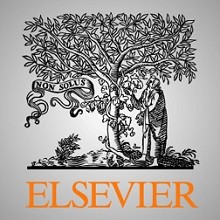
مدیریت مخاطب، تلاطم و تکاپوی آنلاین در خدمات شبکه های اجتماعی: فرایند معاملاتی از نقطه نظر اهمیت
خلاصه
کلید واژه ها
1. مقدمه
2. زمینه نظری
3. مدل تحقیق و توسعه فرضیه ها
4. روش شناسی
5. تجزیه و تحلیل داده ها و نتایج
6. بحث و گفتگو
7. مفاهیم و محدودیت ها
8. نتیجه گیری
بیانیه مشارکت نویسندگی CRediT
اعلامیه منافع رقابتی
سپاسگزاریها
پیوست اول
ضمیمه B
ضمیمه C
Abstract
Keywords
1. Introduction
2. Theoretical background
3. Research model and hypotheses development
4. Methodology
5. Data analysis and results
6. Discussion
7. Implications and limitation
8. Conclusion
CRediT authorship contribution statement
Declaration of Competing Interest
Acknowledgements
Appendix A
Appendix B
Appendix C
References
Abstract
In social networking services (SNSs), users’ unclear understanding of the large and invisible audience increases the chances of online turbulence, which is a key source of SNS-induced stress. This growing phenomenon has gained increasing attention in academia and industry due to the undesirable consequences for users and SNS platforms. In this study, we draw from the transactional model of stress to examine how audience management strategies impact online turbulence and lead to neglected unintended audience concern and lurking. We also investigate the role of self-monitoring as a stress inhibitor. We test our model with data collected from 301 SNS users. The results show that the four types of audience management strategies have different effects on online turbulence, which significantly impacts neglected unintended audience concern especially when users have high self-monitoring skills. We believe that this work contributes, both from scientific and practical standpoints, to the understanding of the interventions and stressful responses of online turbulence in SNSs.
